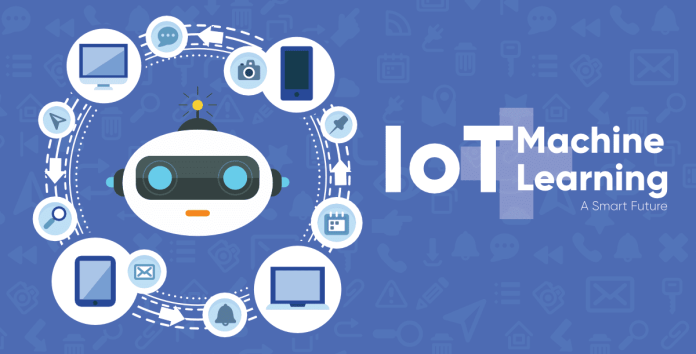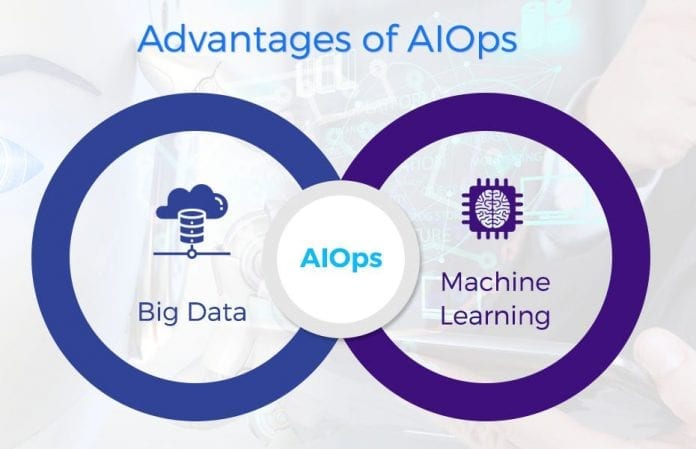IT systems are growing exponentially in complexity and introducing Big Data streams can make the analysis more complicated. However, with the right approach, AI operations could uncover ways to get a competitive advantage, such as new revenue streams or untapped client potential, in a matter of clicks.
Organizations are sometimes trapped between legacy systems and adopting new technologies like IoT and machine learning. Above all these, CIOs need to keep focused on competitiveness and profitability.

An emerging technology that promises to help IT professionals stand on top of challenges and have a bird’s eye view of the entire systems they are using regardless of the many moving parts is called AIOps and stands for Artificial Intelligence for IT Operations (AIOps Deployment | Siscale – October 2024). Here are the necessary preparations to undertake before deciding if this system is right for you.
1. Identify the critical problem areas
Start with a thorough audit of your IT system to identify what are the current pain points that you are trying to solve with the new technology. Since AIOps needs training data for the underlying algorithms, you should choose a single problem as your pilot-project. Design a clear business case highlighting the problem areas in your IT department.
The first advantage of AIOps is that it can accommodate, in the same model, very different types of data, as long as it has a trained underlying model. Another advantage is that it offers excellent filtering of relevant information from simple noise.

2. Define what success means for your organization
Once you know your problem, look at the current numbers and define goals related to future performance. If you are trying to have a faster response time by your technical team, how many minutes is considered acceptable? If you are trying to cut server downtime, what percentage of uptime is your definition of great?
As you can see, this is more of a management problem than one that has to do with AI, but the logic behind it should be flawless. After all, AI is just another tool.
3. Select the right IT metrics
Information overload can slow down processes in an organization instead of offering valuable insights and solutions. We can’t focus on everything, and this is exactly where AIOps can help. If you, as a manager, select the right metrics to watch, the system can automatically scan millions of data points to check if you are on track, in real-time.
This approach works well for telecommunication companies, broadcasting, financial and fintech organizations, healthcare, and logistics. The clients in these industries are more likely to see massive improvements from deploying AIOps.
4. Map and track your data sources
As previously mentioned, data and the quality and volume of the data are vital elements for the success of an AI initiative. Before even starting to look for an AIOps solution, it is mandatory to have a clear understanding of all the data sources that will be involved in the project and the interrelations.
Make a map of the data sources and try to indicate the type of data (structured, unstructured, or semi-structured) and the frequency of the records. Look at the list and think if you can get all your business answers from the current sources, or you need more data or to create aggregated data.
5. Use the power of AI to enhance your IT system

There are numerous categories of use cases for AI in IT which can help an organization perform better and each of them has the potential to save thousands of dollars in operational costs. Here is a top of the most important three.
5.1. Performance analysis
An IT system includes hundreds if not thousands of indicators and for most employees up to CTOs it is not a core task to monitor these. Unfortunately such an approach usually leads to firefighting problems instead of anticipating them. AIOps can take on this task regardless of the volume, variety and velocity of the data.
By applying root-cause analysis to large data sets, it can identify problems about to happen and warn decision makers to hedge the problem. Relevant root cause analysis saves time and money and redirects resources to productive areas.
5.2. Anomaly detection (outlier detection)
For the algorithm, an anomaly is a behavior which deviates severely from the expected trend. The role of the AIOps is to monitor each KPI and compute the predicted value for the next step based on its historic behavior. Then, it compares the actual recorded value with the prediction and it decides if it is within a normal threshold or not. Identifying anomalies in real time prevents events from escalating and limits damages.
5.3. Problem clustering through correlation and analysis
Although traditional IT dashboards had the ability to pinpoint numerous warnings, these tools failed to correlate the warnings. Most of the times when a series of warnings emerges they have a common cause which traditional dashboards can’t identify. AIOps can correlate events and perform cluster analysis and correlations to identify if there are any common causes. By taking this approach the time to solve a problem is drastically reduced. This is an important step in reducing or eliminating downtime which can be very costly to an organization, impacting the bottom line and client churn rates.
6. Integrate AIOps in your organizational environment

The benefit of using AI to streamline IT operations is to increase even further the automation degree. However, companies need to have regular automated workflows for performance, security, and other processes. The AI system can only speed up detection from historical data to real-time alerts.
If your organization did not have any previous AI project, keep in mind that you will need to have dedicated team members for this project who have a solid background in statistics, data engineering, and data science. It is best to outsource these steps to a dedicated provider who already has fully functioning teams instead of going on the long and costly road of in-house hiring and training. You can be up to speed in a matter of weeks instead of years.









